Arthroscopic surgery is a minimally invasive surgical procedure used to examine and treat joint conditions, particularly in the knee, shoulder, wrist, ankle, and hip joints. The procedure involves making a small incision and inserting an arthroscope, which is a small, flexible tube with a camera and light source at the end, into the joint. The surgeon can then visualize the joint on a monitor and use specialized instruments to perform the necessary surgical procedures.
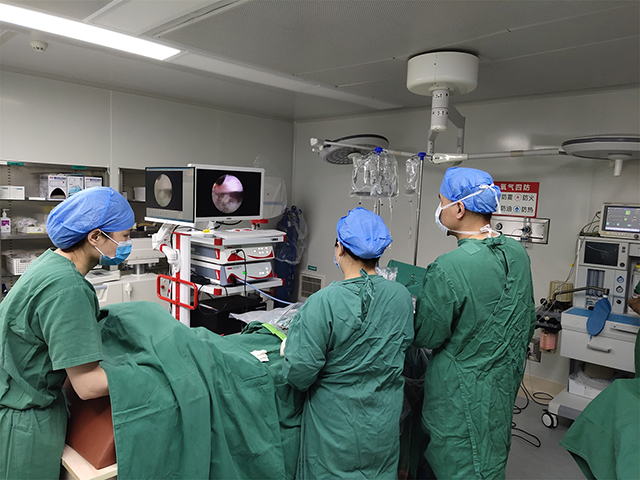
The examination plan for arthroscopic surgery will depend on the specific joint and the condition being treated. However, in general, the following steps are typically involved in arthroscopic surgery:
Patient evaluation: The surgeon will evaluate the patient's medical history, symptoms, and any imaging studies (such as X-rays or MRI) to determine the extent of the joint damage and the appropriate surgical approach.
Anesthesia: The patient will be given either local or general anesthesia, depending on the type and extent of the procedure.
Incision: The surgeon will make a small incision in the joint and insert the arthroscope and other surgical instruments.
Examination: The surgeon will examine the joint using the arthroscope and may take images or video of the joint for later analysis.
Treatment: The surgeon may use specialized instruments to perform surgical procedures such as removing damaged tissue, repairing ligaments or tendons, or smoothing out rough surfaces.
Closing the incision: Once the surgery is complete, the surgeon will remove the instruments and close the incision with sutures or surgical staples.
Recovery: The patient will be monitored for a period of time in the recovery room and may be given pain medication and physical therapy instructions for post-operative care.
Overall, the arthroscopic examination plan involves careful evaluation of the joint and the use of specialized instruments to treat the underlying condition while minimizing trauma and promoting a faster recovery.


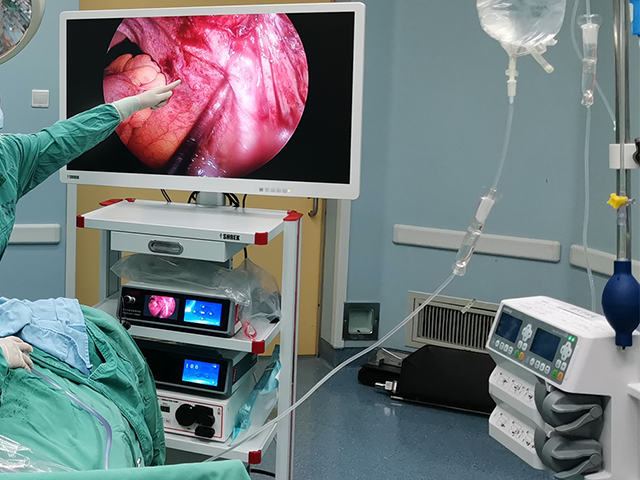

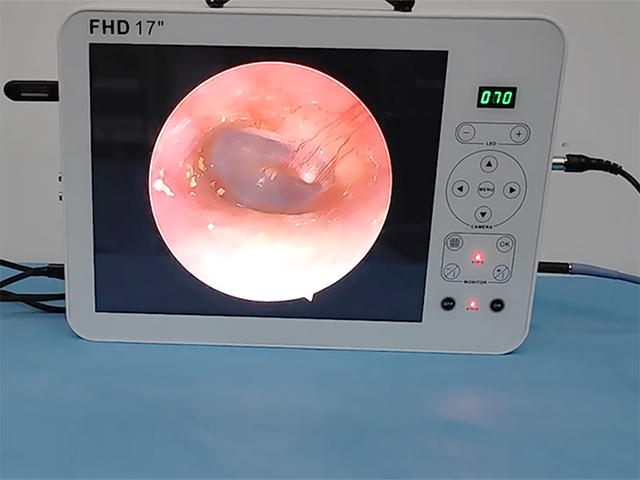
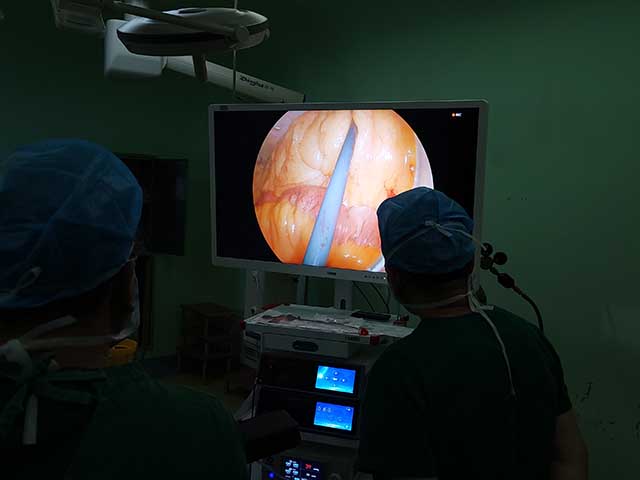
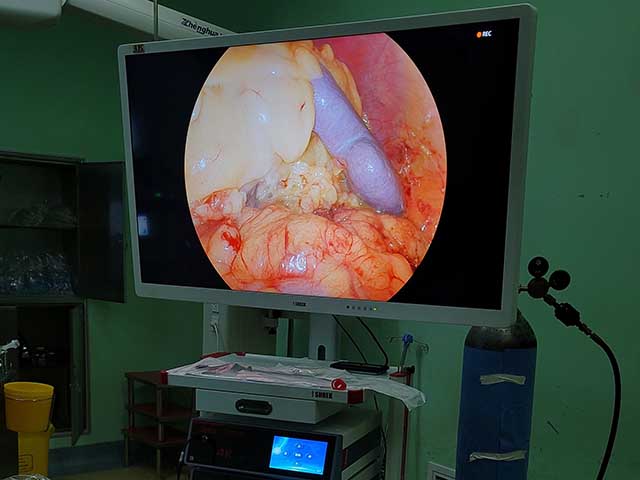

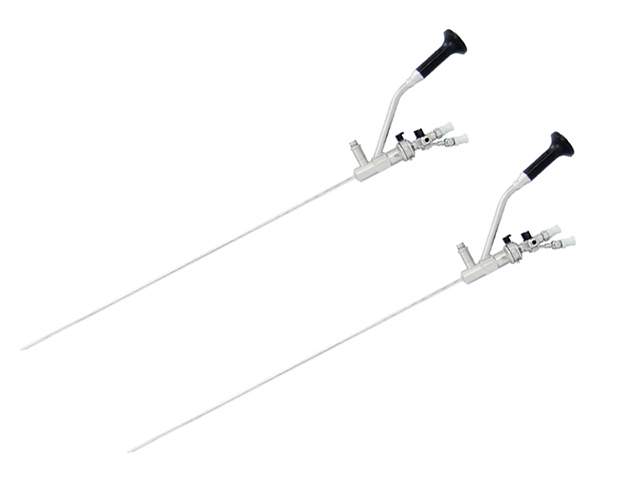
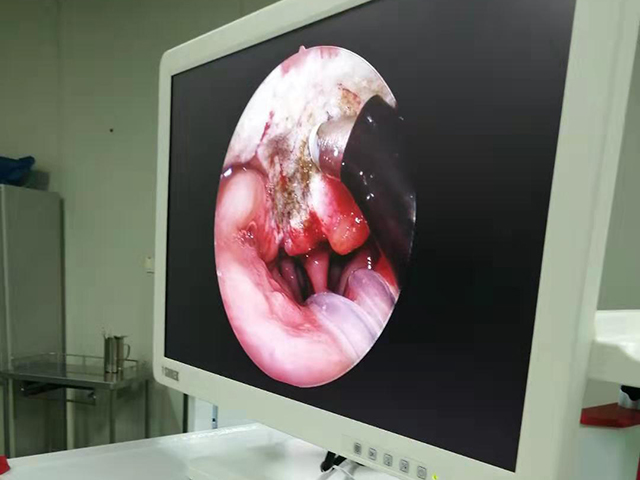
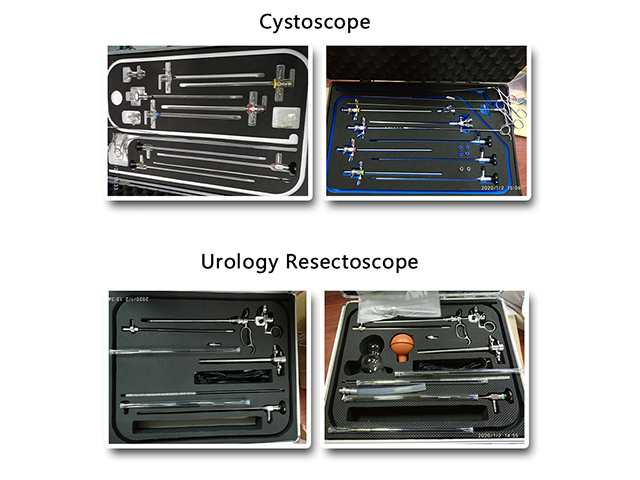
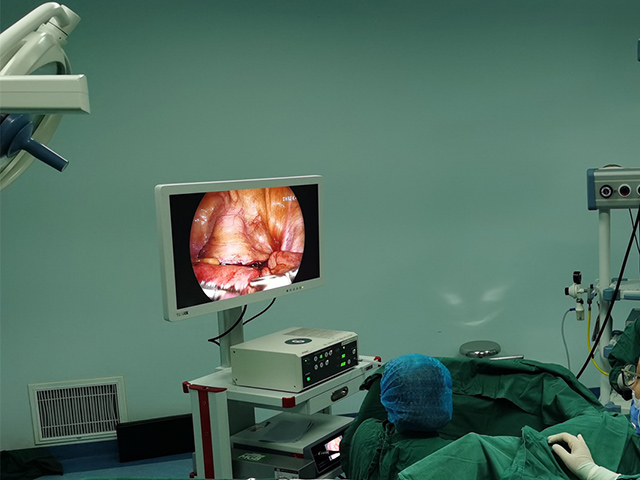
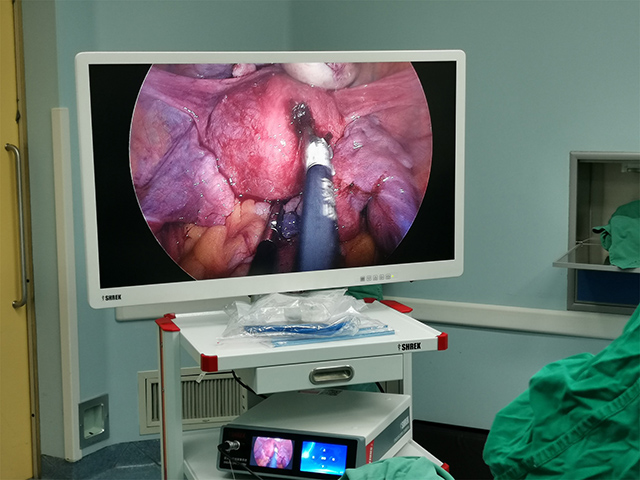
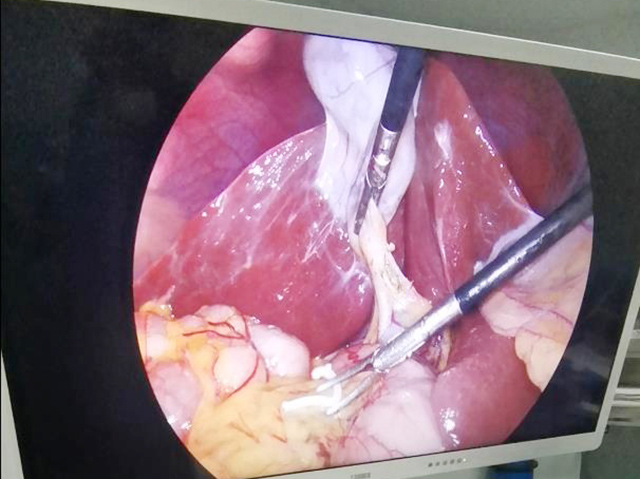


Leave A Inquiry